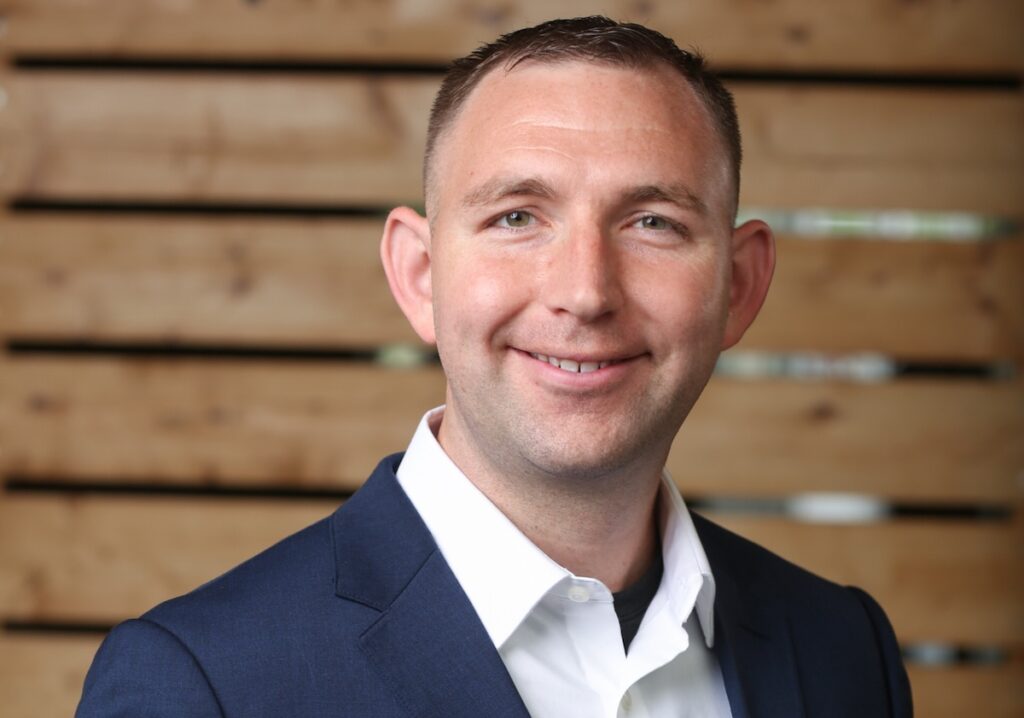When a client asks for help, it is the market researcher’s job to determine how to conduct research that will reach a solution for the client’s needs. While qualitative and quantitative research typically complement each other, it is becoming increasingly important to put precedence in one method over the other, and The Martec Group believes that method is qualitative.
Quantitative data is simple data. It measures the who, what, where and when of a situation by collecting numerical statistics via surveys, polls and questionnaires, often done electronically. The problem?
Quantitative data doesn’t answer the “why”
Twenty years ago, not answering why probably would have been okay. Competition was less fierce, social media had not been born yet and the term “targeted audience” was probably only considered for television advertising. Surface-level data was acceptable. Now? Not answering why won’t cut it. The way in which business works has done a complete 180. Social media is now buzzing with noise and discussions about brands, skyrocketing competition and targeting, and re-targeting, every potential end-user is essential. People are voicing their opinions in real-time, and they are not afraid to share their experiences; so, why not take the time to understand them a little more?
Enter qualitative data
Here at Martec, we take pride in being experts in small sample, in-depth and highly qualitative research for our clients. This way we can push past the surface and drill down to data that will help us understand why something is happening in a certain situation. For example, we recently worked on a project dealing with hand hygiene compliance. To measure compliance is simple: you take the number of times someone walks into a room and divide that by the number of times they used hand sanitizer. This could have easily been found out via survey but we wanted to know more about why they sanitized when they did.
We conducted 12 different 45-minute in-depth interviews to ask about hand hygiene. Not only did we ask about the compliance rate, but we crafted questions that encouraged the interviewees think hard about why the rate is what it is, what steps could be taken to improve it and how they go about sharing that information. By doing this, we extracted emotional language from everyone we talked to, which allowed us to achieve a better understanding of the situation and steps that could be taken to improve sanitization rates.
We still gathered numerical data, but by asking in-depth questions, we were able to assign meaning to it. This model enabled us to collect valuable information that was beneficial to every party.





